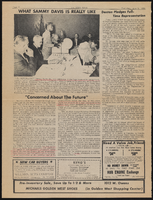Search the Special Collections and Archives Portal
Search Results
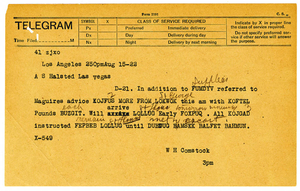
Coded telegram from W. H. Comstock to A. S. Halsted, August 15-16, 1922
Date
Archival Collection
Description
Text
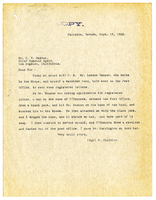
Reports on the Hanson Assault, District Special Agent Harrington, August 15, 1922
Date
Archival Collection
Description
Text

Telegram from Frank R. McNamee to C. P. Smith and A. S. Halsted, July 9, 1922
Date
Archival Collection
Description
Text
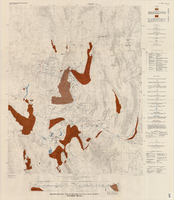
Hydrogeologic map of Nevada Test Site and vicinity, southern Nevada, 1965
Date
Description
Image
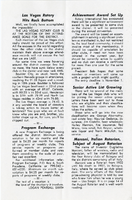
The Wheel Las Vegas Rotary Club newsletter, 1960s-1970s
Date
Archival Collection
Description
Text
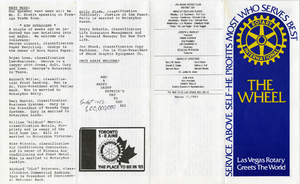
The Wheel Las Vegas Rotary Club newsletter, March 17, 1983
Date
Archival Collection
Description
Text

Transcript of interview with Paul Hejmanowski by Lois Goodall, March 13, 2014
Date
Archival Collection
Description
Text

Transcript of interview with Ralph Denton by K.J. Evans, approximately 1999-2000
Date
Archival Collection
Description
On an unknown date (likely 1999-2000) and time, K.J. Evans interviewed Ralph Denton, an adviser to former Governor Grant Sawyer and political figure in Nevada for many years. Denton first talks about his personal friendship with Sawyer, their education in law school, and his eventual work on campaigning for and working with Sawyer after he became governor. Denton then explains the controversy regarding Denton’s accepting of complimentary services (comps) at hotels. He later describes his work as a Clark County Commissioner and then talks about working as district attorney in Esmeralda County, Nevada. Denton then talks about the influences that led him to be interested in a career of law and later speaks more about working with Grant Sawyer, specifically about serving as his adviser, afterwards providing the argument on why he believes Sawyer was the greatest governor of Nevada. Toward the latter part of the interview, Denton describes his work on improving civil rights and some of the challenges that came with that. The two also discuss how the practice of law has changed over time. To conclude the interview, Denton describes his experience in running for governor and how he would have served as governor if he had been elected.
Text

